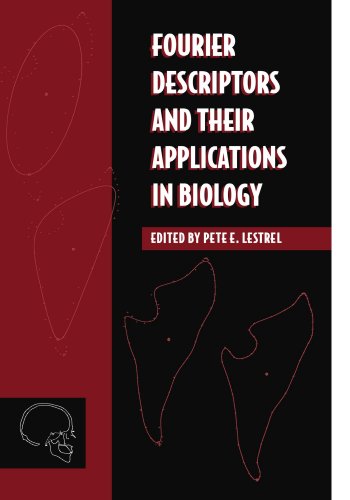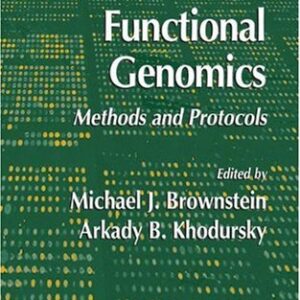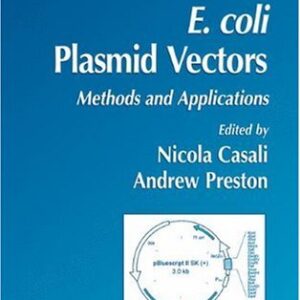The use of Fourier analysis to describe complex shape outlines is preceded by mountains of theoretical works, only an exceedingly small proportion of which are intelligible to the average biologist. This book attempts to present a sound theoretical basis to the use of FA, and follow this up with practical examples showing the actual use of Fourier descriptors. The book succeeds in sufficiently relating the background to FA to make a start, and shows examples of which directions may be taken by the investigator. After all, FA is only a data transformation, with actual analysis beginning afterward. What one does with one’s Fourier descriptors is up to them, and chapters on face shape, gait pattern, cell pattern and trabecular bone structure help to show the multitude of choices one has. A single volume like this probably must have weak points however. Whilst elliptic FA is covered, it seems to be tacked on to the (comprehensive) description of the conventional method. Some points of EFA are more difficult to grasp than ordinary FA, and this doesn’t help. Also, if the numerous authors providing practical examples had given a little bit more detail on why they had chosen the analyses they did, some of the fog may have cleared for the novice user. Still, this is the only book of its kind, and well worth a look for any biologist too foolish to have kept well clear of mathematics.






Reviews
There are no reviews yet.